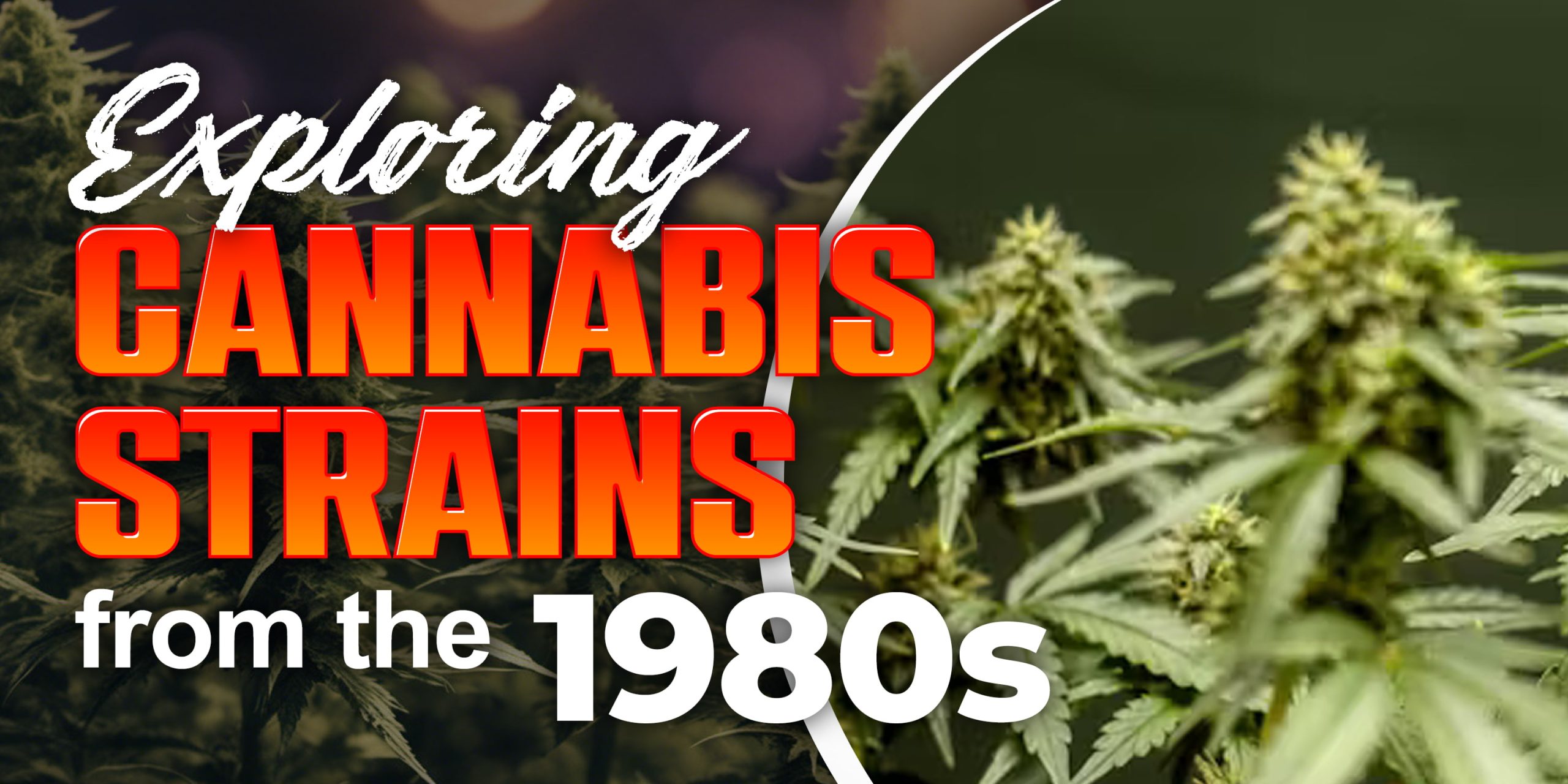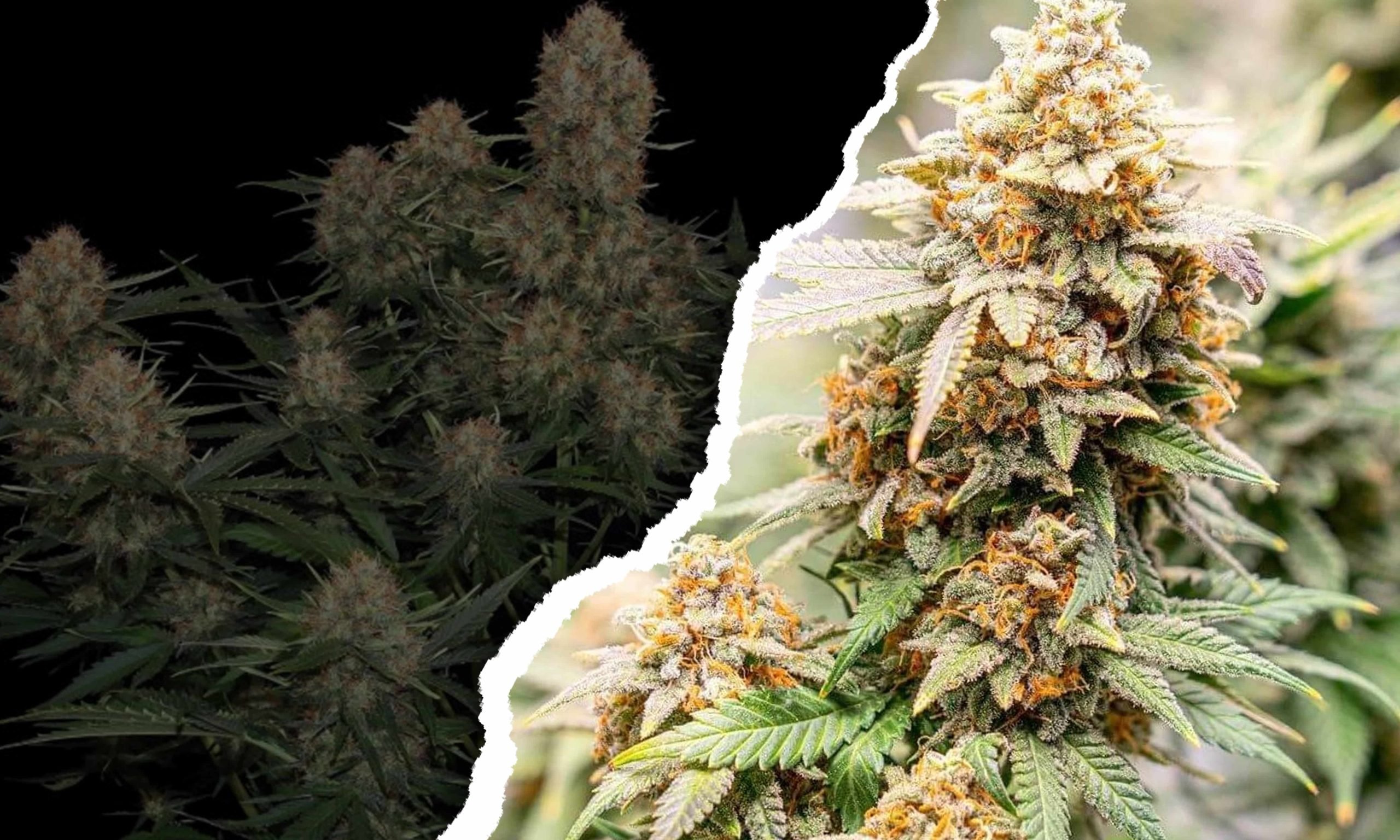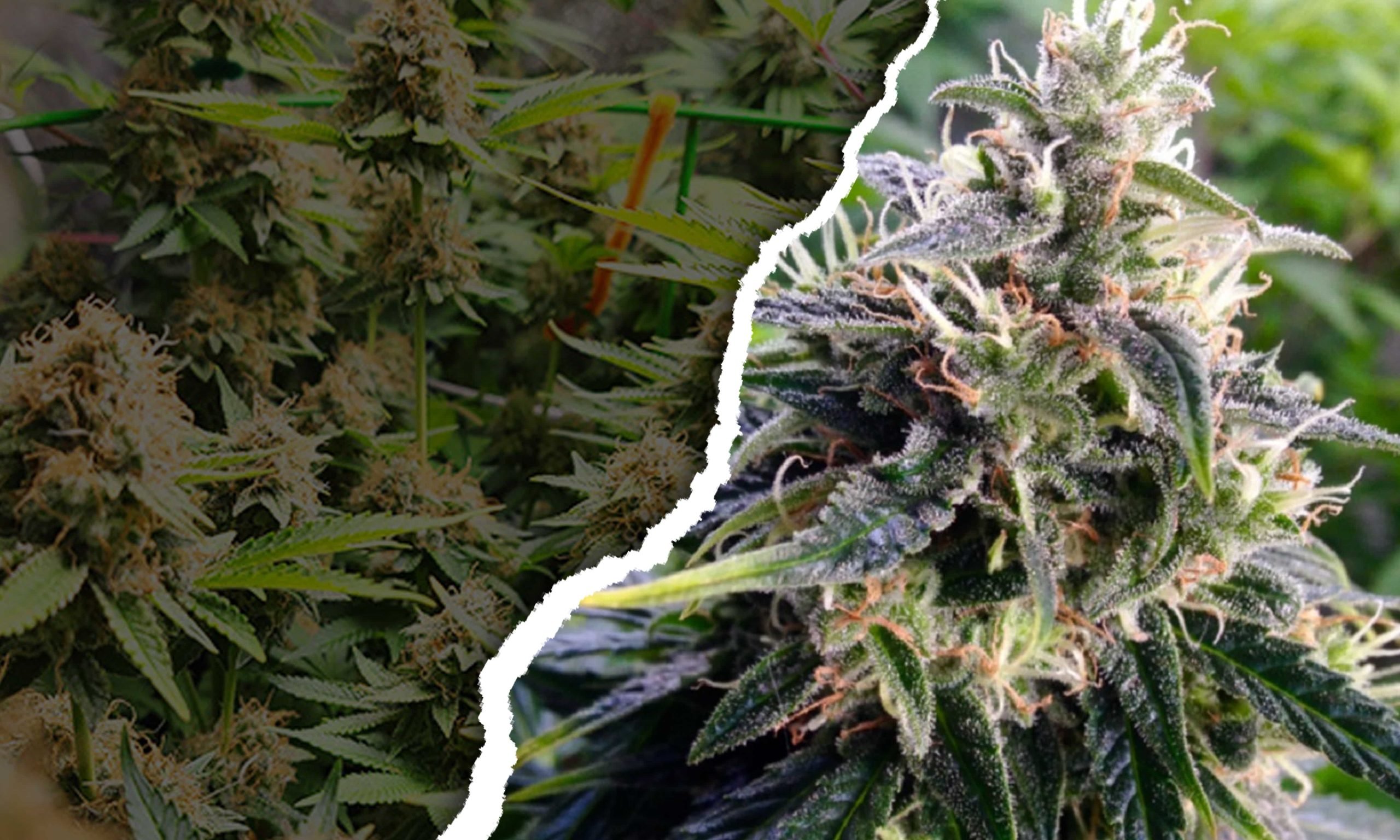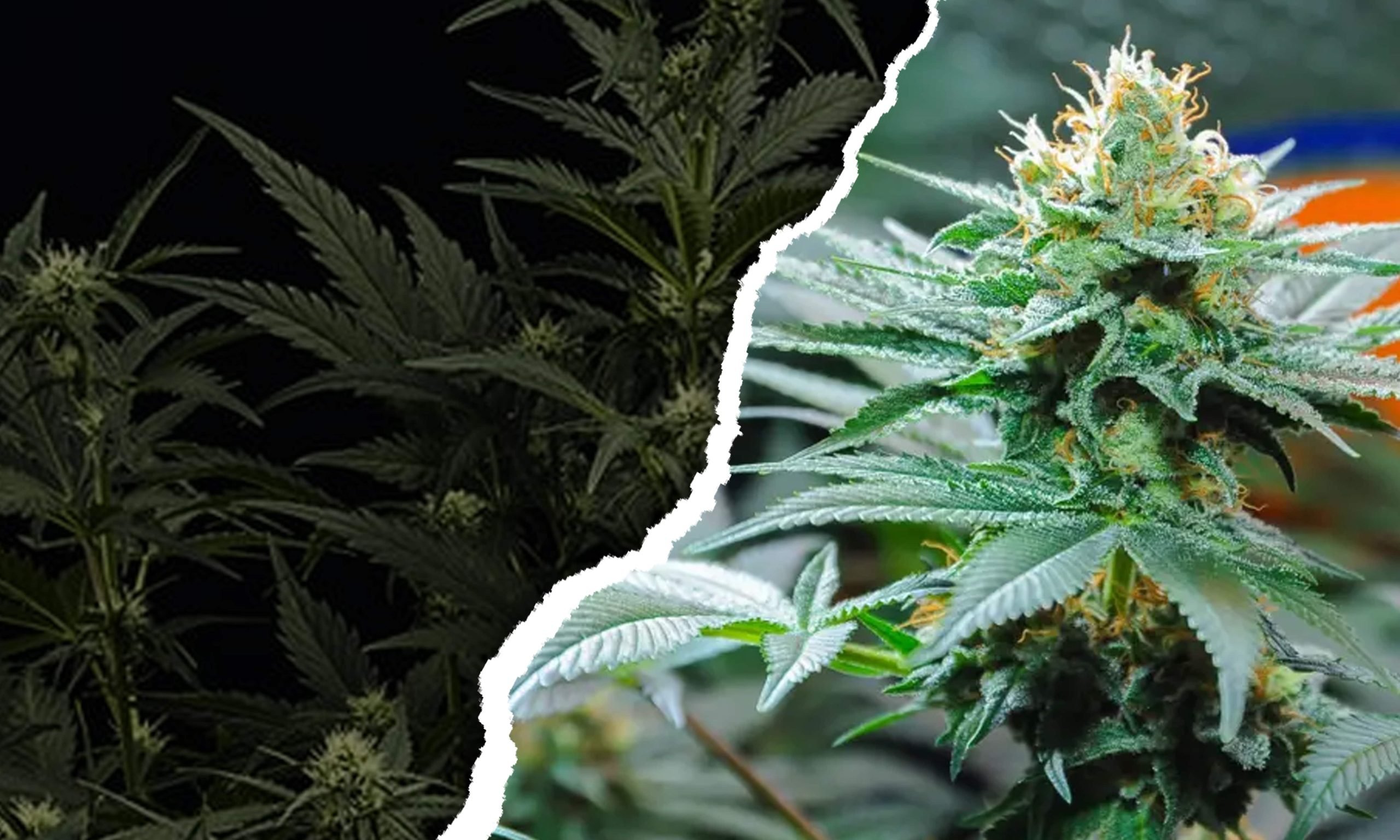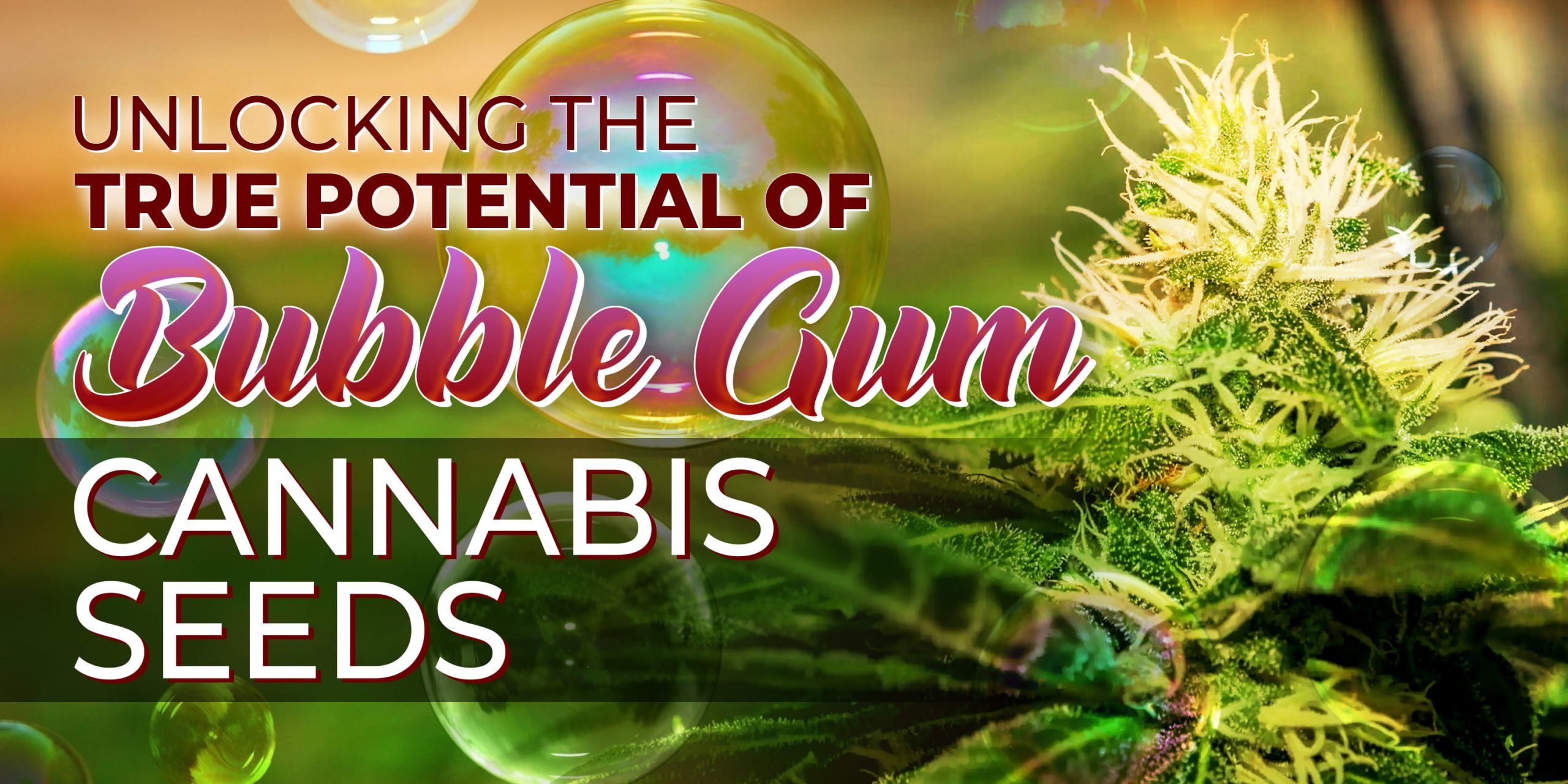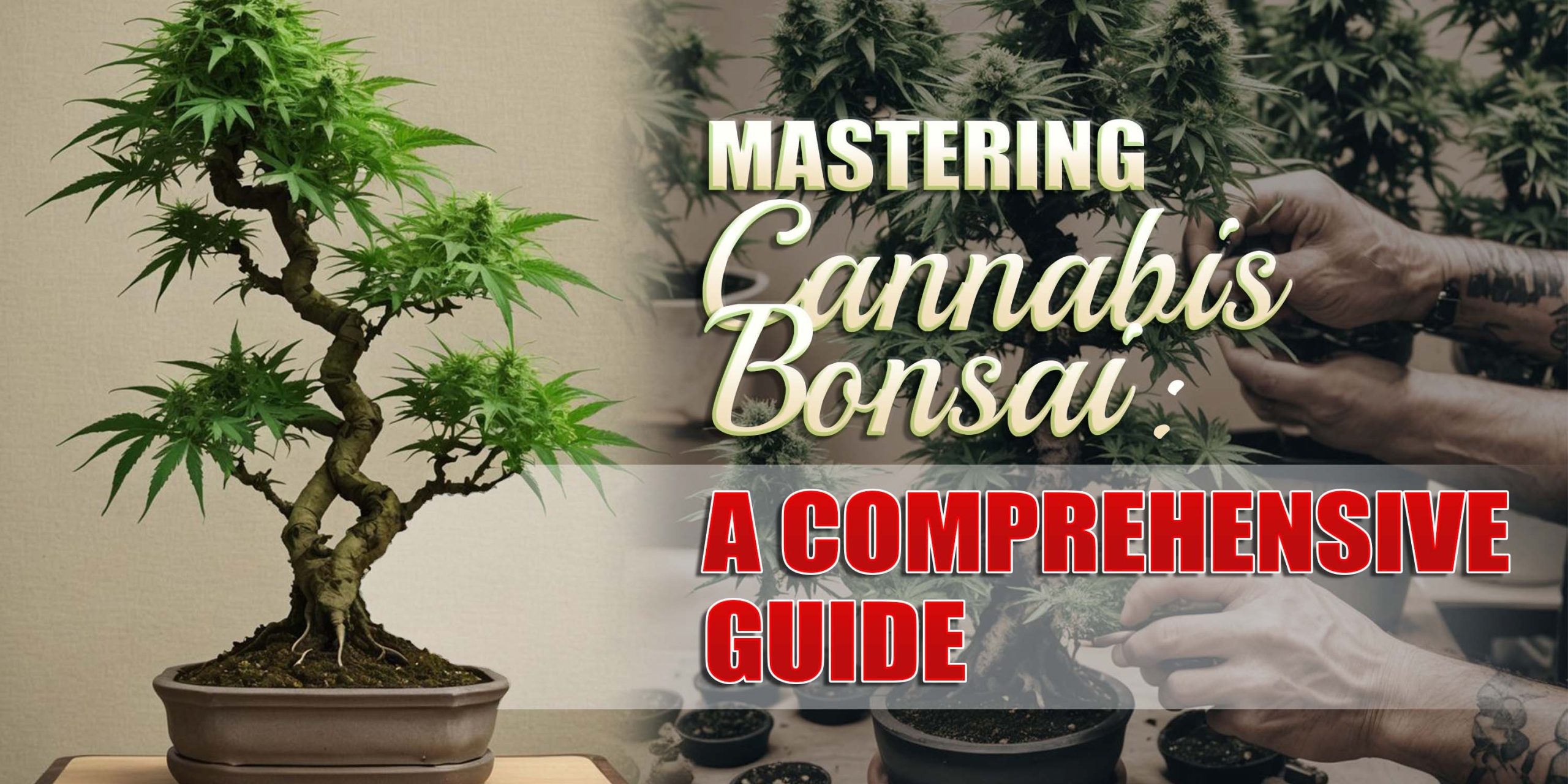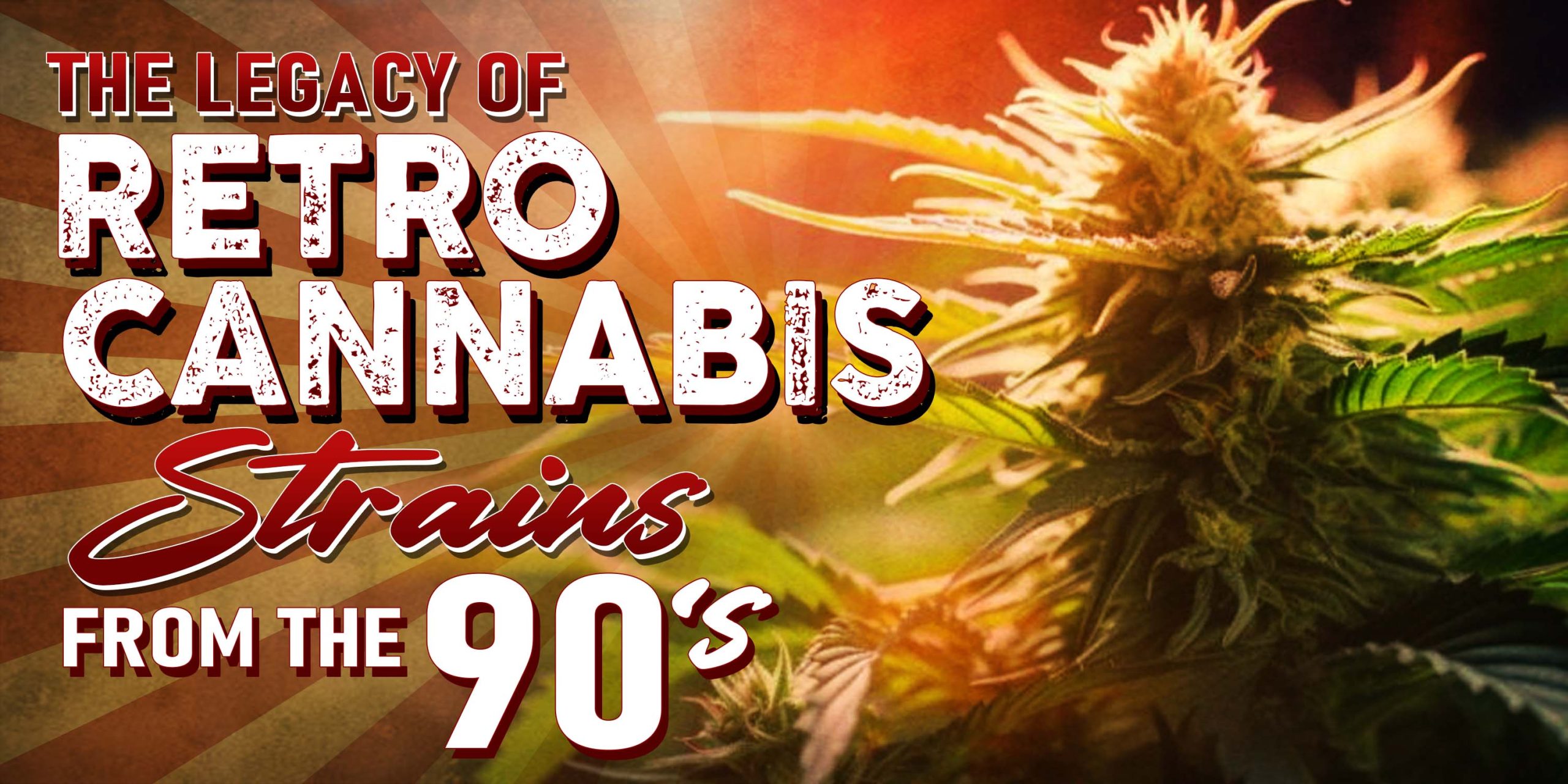The 1980s marked a significant era characterized by the emergence of iconic strains that continue to shape the landscape of modern cannabis cultivation. Join us on a journey back in time as we delve into the diverse array of cannabis strains from the 80s that flourished during this iconic decade.
Understanding the Historical Context
The 1980s were a period of profound transformation in the cannabis landscape, influenced by shifting cultural attitudes, burgeoning underground markets, and advancements in breeding techniques. Against the backdrop of the War on Drugs and the rise of the Reagan administration’s anti-drug policies, cannabis enthusiasts and cultivators navigated a complex legal landscape to propagate and preserve a rich diversity of strains.
During this era, the Netherlands emerged as a global epicenter for cannabis innovation, thanks to its progressive approach to drug policy and the pioneering efforts of breeders like Sam the Skunkman and Neville Schoenmakers. The Dutch cannabis scene fostered a spirit of experimentation and collaboration, leading to the development of some of the most iconic strains in cannabis history.
Legendary Weed Strains From the 80s
1. Skunk #1
Skunk #1, arguably one of the most influential cannabis strains of all time, emerged during the 1980s as a testament to the ingenuity of cannabis breeders. Combining genetics from Afghani, Colombian, and Mexican landrace strains, Skunk #1 quickly gained popularity for its pungent aroma and potent effects. Its high resin production made it an ideal choice for both recreational users seeking a euphoric buzz and medical patients seeking relief from a variety of ailments.
2. Northern Lights
Northern Lights, another iconic strain born in the 1980s, captivated cannabis enthusiasts with its unparalleled potency and soothing effects. Originating from a combination of Thai and Afghani landrace genetics, Northern Lights became renowned for its ability to induce deep relaxation and alleviate stress and insomnia. Its dense, resinous buds and sweet, spicy aroma made it a favorite among growers and consumers alike.
3. Haze
Haze, a legendary Sativa-dominant strain, epitomized the psychedelic essence of weed from the 80s. With its invigorating cerebral high and complex flavor profile characterized by hints of citrus and spice, Haze quickly became a staple in cannabis circles. Its long flowering time and propensity for tall, lanky growth made it a challenge to cultivate, but the reward was well worth the effort for those who sought its energetic and uplifting effects.
The Evolution of Cultivation Techniques
The 1980s witnessed significant advancements in cannabis cultivation techniques, driven by a growing desire to maximize yields and potency. Indoor cultivation, in particular, gained traction during this time, as growers sought to circumvent the limitations imposed by outdoor environments. The advent of high-pressure sodium (HPS) and metal halide (MH) lighting systems revolutionized indoor growing by providing the spectrum of light needed to support robust vegetative growth and prolific flowering.
Additionally, the development of hydroponic systems allowed growers to cultivate cannabis in nutrient-rich water solutions, bypassing the need for soil altogether. Hydroponic cultivation offered greater control over nutrient uptake and pH levels, resulting in healthier plants and higher yields. These innovations, coupled with advancements in cloning and breeding techniques, enabled growers to produce cannabis of unprecedented quality and consistency.
Impact on Contemporary Cannabis Culture
The legacy of 1980s weed strains continues to exert a profound influence on contemporary cannabis culture and industry. Many of the cultivars developed during this era serve as genetic foundations for modern hybrids, contributing to the diverse array of strains available to consumers today. Furthermore, the techniques and methodologies pioneered during the 1980s laid the groundwork for the sophisticated cultivation practices employed by growers in the present day.
Conclusion
Reflecting on the cannabis strains from the 1980s, it’s evident that this period played a crucial role in shaping how we grow and use cannabis today. Strains like Skunk #1, Northern Lights, and Haze were pioneers in their own right, embodying a sense of creativity and curiosity that defined the cannabis community back then. By looking back at the history, iconic strains, changes in cultivation methods, and their impact on today’s culture, we can truly grasp the lasting influence of 1980s weed strains on our modern-day experiences.
FAQs
1. Were all cannabis strains developed in the 1980s high in THC?
No, while many iconic strains from the 1980s were known for their high THC content, there were also varieties with more balanced cannabinoid profiles, such as Skunk #1, which offered a blend of THC and CBD.
2. Did cannabis breeding techniques differ significantly in the 1980s compared to today?
Yes, cannabis breeding techniques have evolved significantly since the 1980s. While breeders in the 1980s relied heavily on hybridization and selective breeding, modern techniques, such as tissue culture and genetic sequencing, offer more precision and control over genetic outcomes.
3. Were all 1980s cannabis strains developed for recreational use?
No, while many 1980s cannabis strains gained popularity among recreational users for their psychoactive effects, some cultivars were bred specifically for medical purposes, targeting ailments such as chronic pain, nausea, and inflammation.
4. Did all 1980s cannabis strains originate from landrace genetics?
No, while some 1980s strains were bred using landrace genetics as a foundation, others were the result of hybridization between existing cultivars, combining desirable traits from different genetic backgrounds.
5. What role did underground networks play in the development of 1980s cannabis strains?
Underground networks played a significant role in the exchange of genetics and collaborative breeding projects during the 1980s. These clandestine operations allowed breeders to share rare and heirloom genetics, contributing to the diversity and resilience of cannabis strains from that era.





